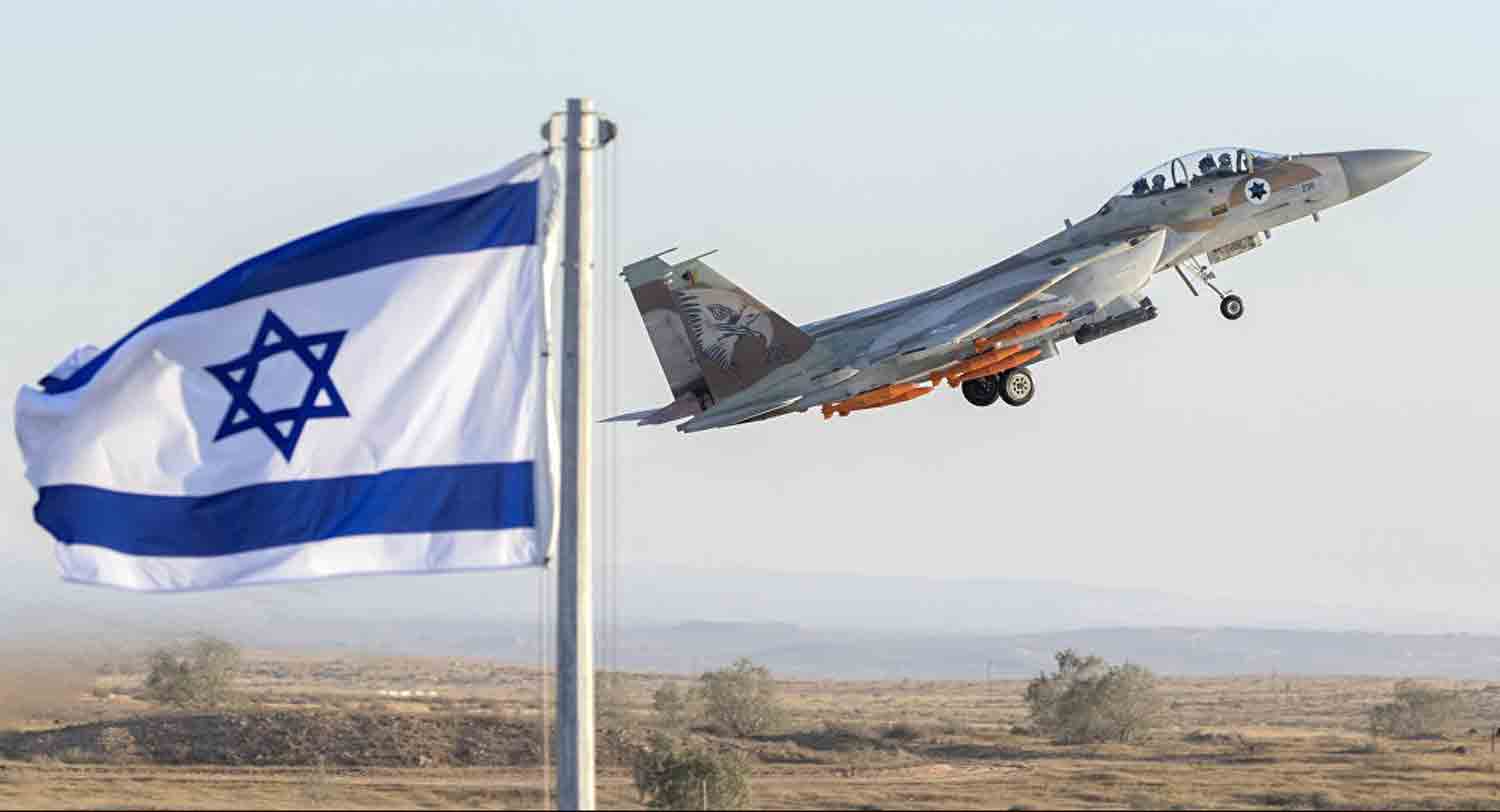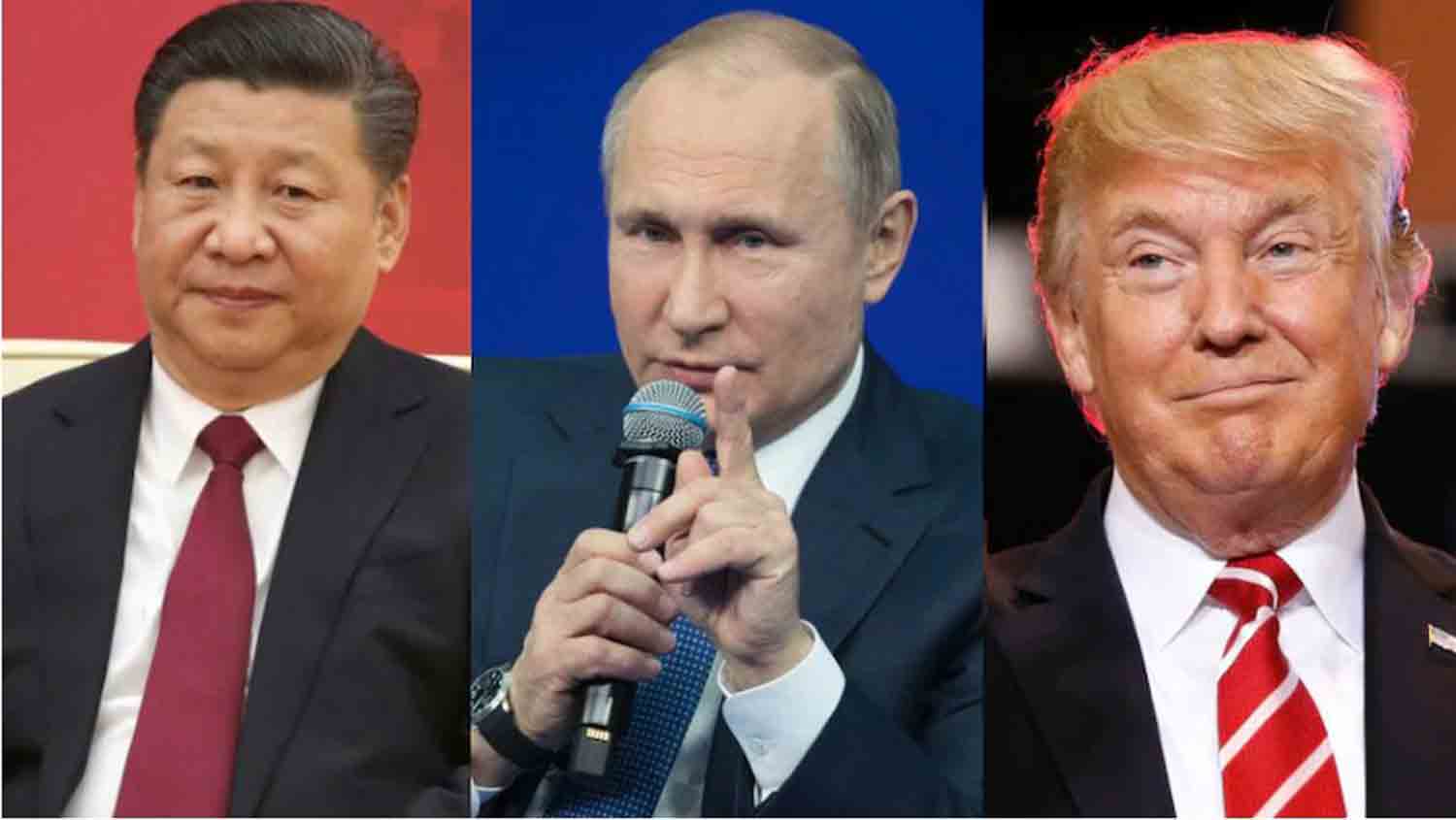In early 1984, reports led Pakistani authorities to believe that India, in collaboration with Israel, had devised a plan to dismantle Pakistan‘s emerging nuclear research facility in Kahuta. It was alleged that India and Israel had instilled fears regarding Pakistan’s development of an “Islamic” bomb, which could potentially be utilized by a Muslim nation or even a terrorist group, posing a threat to global security. Amidst domestic political challenges, this situation represented an unprecedented emergency for Pakistan.
Pakistan’s nuclear program commenced in earnest in 1975, following India’s first nuclear test in Pokhran. Prime Minister Zulfikar Ali Bhutto recruited nuclear scientist Dr. Abdul Qadeer Khan from the Almelo Uranium Enrichment Facility in the Netherlands, tasking him with initiating a similar nuclear initiative for Pakistan.
Initially, Bhutto assigned Dr. Khan to the Pakistan Atomic Energy Commission (PAEC), which was then led by Munir Ahmad. However, due to differing viewpoints between Khan and Ahmad, no significant advancements were achieved that year.
The prime minister sought to accelerate progress significantly. In July 1976, Dr. Khan was appointed to an independent role with the responsibility of developing a uranium enrichment program. Bhutto’s declaration during this period still echoes in the halls of authority: “Pakistanis would eat grass but they will make their bomb.” From that point on, Dr. Khan would report directly to the prime minister.
With Bhutto’s strong support, Dr. Khan initiated the establishment of the Engineering Research Laboratories in Kahuta. The project commenced on July 31, 1976, and within five years, it reached completion. On May 1, 1981, in acknowledgment of his contributions, the facility was renamed Dr. A.Q. Khan Research Laboratory.
However, was the facility adequately protected against foreign threats?
It soon became evident that safeguarding Kahuta was a critical concern after the Pakistani government recognized the vulnerability of its most sensitive site.
In 1979, as concerns grew about a potential Indian strike on the Kahuta research facility, Chief Martial Law Administrator General Ziaul Haq consulted Chief of Air Staff Air Marshal Anwar Shamim about enhancing security measures. The assessment was disheartening: “The Indian aircraft can reach the facility in three minutes, while the PAF would take eight minutes,” the air chief noted, “[This will] enable the Indians to attack and retreat before the PAF can respond.”
Given Kahuta’s proximity to the Pakistan-India border, it was determined that the most effective deterrent against an Indian assault would be to enhance air defense capabilities and acquire advanced fighter jets and armaments. Should India proceed with an attack on Kahuta, the new aircraft could facilitate a counterstrike against India’s nuclear research facilities in Trombay. The generals concluded that the F-16 Fighting Falcon would be the most appropriate aircraft for this mission.
In typical circumstances, Pakistan may not have acquired these advanced aircraft; however, the Soviet invasion of Afghanistan enabled Pakistan to enhance its ties with the United States for its own advantage. As part of the support extended to Pakistan, the U.S. proposed $400 million in aid. General Zia outright dismissed the initial tranche, labeling it as “peanuts” and inadequate in light of the expenses Pakistan was incurring due to the conflict.
The year 1983 commenced with a significant development, as the U.S. began supplying military equipment to Pakistan. Initially, the U.S. offered F-5Es and 5-Gs, which Pakistan declined. Subsequently, the U.S. agreed to sell F-16s, culminating in a deal signed in December 1981 for 40 F-16 fighter jets. The first three F-16s arrived in Pakistan on January 15, 1983.
Concurrently, a new chapter in Indo-Israeli relations was unfolding, marked by extensive cooperation across various sectors. Israel aimed to dismantle Pakistan’s nuclear capabilities, similar to its actions in Osiraq, Iraq, in 1981. In their 2007 book, Deception: Pakistan, the United States and the Global Nuclear Conspiracy, investigative journalists Adrian Levy and Catherine Scott Clark reveal that Indian military officials covertly visited Israel in February 1983 to procure equipment designed to neutralize the air defenses at Kahuta.
The agreement reached between India and Israel established a strategic operation: Israel would launch an assault on Kahuta from Indian military bases, with Levy and Clark asserting that Indira Gandhi approved the Israeli-led initiative in March 1984. As tensions escalated, both nations were compelled to withdraw after the US State Department cautioned India that “the US will be responsive if India persists.”
However, this withdrawal was not solely due to American pressure; Pakistan also communicated through various global channels that any Indian strike on its nuclear facility in Kahuta would result in a retaliatory attack on the Bhabha Atomic Research Centre in Trombay, with the potential for far greater destruction.
Air Marshal M. Anwar Shamim, in his memoirs titled Cutting Edge PAF: A Former Air Chief’s Reminiscences of a Developing Air Force (2010), recounted that while discussions regarding the India-Israel alliance were ongoing, he urged Foreign Minister Sahibzada Yaqub Ali Khan to publicly declare Pakistan’s intent to retaliate if any actions were taken against its nuclear facilities.
During this period, Munir Hussain, who was the secretary of science and technology at the time, warned his Indian counterpart at a scientific conference that India would face catastrophic consequences if it proceeded with such an attack. The Indian delegate responded, “No brother, we know your capability and we will not undertake such a mission.”
Perhaps the most significant communication came from the Pakistan Atomic Energy Commission to the Bhabha Atomic Research Centre, stating that Islamabad would target Mumbai if Kahuta were attacked. This threat of retaliation served as a crucial and effective deterrent.
In 1979, Israeli Prime Minister Menachem Begin wrote Margaret Thatcher about the Pakistan’s nuclear program
In the late 1970s, Pakistan recognized that Israel perceived its nuclear program as a significant threat. Concerns about a potential Israeli strike were heightened by specific attacks carried out between 1979 and 1981 against suppliers of AQ Khan in Europe, which the Pakistani government reasonably suspected were orchestrated by the Israeli Mossad. In 1979, Israeli Prime Minister Menachem Begin initiated a letter-writing campaign aimed at persuading Western leaders to take action against Pakistan’s nuclear ambitions. One notable letter from May 1979, directed to British Prime Minister Margaret Thatcher and now available in the NPIHP Digital Archive, emphasized that “to the people of Israel this could, one day, become a mortal danger.” Begin warned Thatcher about the implications of Pakistan’s collaboration with Colonel Qaddafi of Libya, highlighting the potential risks to the Middle East and the safety of Israeli citizens if such destructive weapons were to fall into the hands of an authoritarian leader like Qaddafi. The British Foreign and Commonwealth Office, however, was unimpressed and viewed Begin’s correspondence as a chance to address Israel’s own nuclear capabilities, reminding the Israeli government of their responsibility in preventing the proliferation of nuclear weapons in the region.
Concerns in Pakistan regarding a potential Israeli assault intensified following Israel’s successful operation against the Iraqi Osirak nuclear facility on June 7, 1981. The Pakistani leadership interpreted this incident as a clear indication that, while the United States might overlook a covert nuclear initiative like Iraq’s, Israel would not. In his book “Eating Grass,” former Brigadier General Feroz Hassan Khan elaborates on the apprehensions in Pakistan about a possible coordinated attack by Israel and India on the Kahuta nuclear site during the mid-1980s. Researchers Levy and Scott-Clark note that in 1984, the United States alerted Pakistan to the threat of an Indian-Israeli strike on Kahuta. They cite General K.M. Arif, Pakistan’s vice chief of army staff, who confirmed, “Our friends [the Americans] informed us of the intentions of the Israelis and Indians, and we communicated our response to them…”
The 1984 American alert regarding Pakistan was part of a broader context. Encouraged by Pakistan’s commitment to refrain from nuclear testing, the Reagan administration extended various leniencies towards Pakistan’s nuclear ambitions throughout the 1980s. Or Rabinowitz, in his book, Bargaining on Nuclear Tests, Explained how the Reagan administration opted to overlook Pakistan’s nuclear activities.
Israel contemplated initiating preemptive strikes on Pakistan’s nuclear installations
The Israeli military contemplated initiating preemptive strikes on Pakistan’s nuclear installations. The Israeli High Command authorized a plan for the Israeli Air Force to target the nuclear facilities in Kahuta, and the military reportedly constructed a detailed replica of these facilities in the Negev Desert, utilizing satellite imagery for Israeli pilots to conduct practice runs of the attacks. Initially, Israel aimed to execute the strike in collaboration with India; however, this proposal was declined by Delhi, leaving Tel Aviv to navigate the potential political repercussions independently. In the absence of direct Indian backing, Israel sought at least to secure landing and refueling permissions to facilitate the operation from Indian bases, but this request was also denied by Delhi, significantly complicating the Israeli mission.
Discover more from Defence Talks | Defense News Hub, Military Updates, Security Insights
Subscribe to get the latest posts sent to your email.





